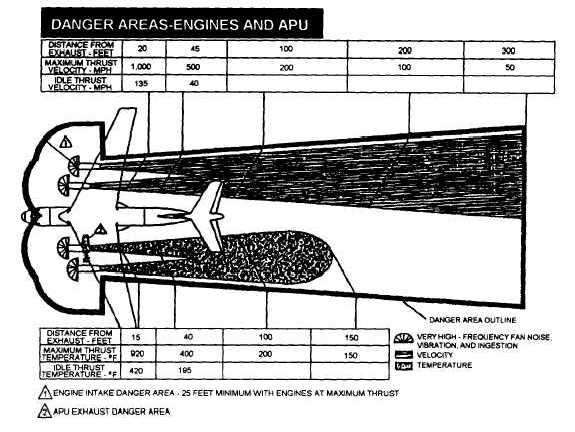extreme care when handling 463-L pallets, because the tine tips can easily damage a pallet surface and render it unusable. To allow for unloading aircraft and handling pallets at the campsite, you must be sure that a set of tine fork extensions are embarked with the cargo and CESE. The 12K Lift King forklift currently assigned to the NCF TOA has a set of roller tine fork extensions assigned as an attachment.
Once on site, the pallet loads are usually broken down and a supply area is set up for material and tool distribution. Always have control over the location and condition of the pallets, pallet nets, chains, chain tie-down devices, and even the 5,000-pound cargo strap. If you lose control of these items, there is a good chance they will be rendered useless after being run over, walked on, buried, or otherwise damaged or destroyed.
The recommended procedure for storing pallets is to place three sets of 4-inch by 4-inch dunnage down and stack the pallets ten high. Then, place three more sets of 4-inch by 4-inch dunnage and stack ten more pallets. Never stack pallets upside down. This could damage the rings or the aluminum surface. Never stack pallets over 40 high. Store all the 4-inch by 4-inch dunnage, chains, chain tie-down devices, and cargo straps in one location. Be sure to protect pallet nets from adverse climatic conditions. The netting materials may mildew and deteriorate, and the metal hooks can rust if not properly cared for. Custody of 463-L pallets, pallet nets, 4-inch by 4-inch dunnage, chains, chain tie-down devices and cargo straps must be maintained throughout the mission. These items are extremely expensive to purchase and refurbish and may be required for future airlift plans.
Flight-line Safety
Although mission accomplishment is of paramount importance, it must be done safely and without injury to personnel or damage to equipment. Both efficiency and safety can be accomplished during an air embarkation operation. The following flight-line rules must be strictly observed:
Smoking is permitted only in designated areas.
Sitting or lying on the aircraft parking apron is prohibited.
Extreme caution must be taken around aircraft engines and exhaust. See figures 4-18 through 4-20.

Figure 4-18. - Danger areas - engines and APU.
Continue Reading